In this chapter, we will explore mindfulness on postures or “iriyāpata” meditation. There are four main postures identified by the Buddha, namely, standing, walking, sitting, and lying down. We can use any of these postures for meditation.
Walking is a common posture used for meditation. Walking meditation is particularly useful to many meditators for they come to realize Dhamma points most often while practicing walking meditation. Therefore, even if at the start we are hampered by the hindrances, we should take care not to be discouraged. We should persevere in this.
At the time of the Buddha, there was a monk who tried to meditate; he was very sleepy. Now think what we would do if we felt sleepy. We would most probably put off meditating and go to bed thinking it would be no use meditating as we would waste time sleeping anyway. This monk was very persevering and did not give up. He decided to try walking mediation. He was walking in the walking meditation area when tiredness overcame him and he fell down. Still he did not give up. He got up, brushed the sand off himself and resumed his task and was soon able to control his mind. So, we can see that this is the nature of our minds. At one moment, it is sleepy, the next, tired and lazy. However, with skilful effort and mindfulness it can be overcome and our goal of profound awareness can be achieved. This shows that the nature of our mind is such that it follows our inputs. It can be the same for walking meditation as well.
Now, in walking meditation you may hear of some meditators saying as you lift your left foot think left, as you lift your right foot think right, or you may be told as you lift your foot think lifting. As you set your foot down think setting down. We must be aware that the Buddha’s instructions say nothing of the sort. The Buddha’s instructions are thus: “Gacchanto va gacchāmīti pajānāti,” when walking stay profoundly aware that you are walking. When sitting stay profoundly aware that you are sitting. When standing stay profoundly aware that you are standing. When lying down be profoundly aware that you are lying down. In this manner, we should be totally mindful of each posture our body adopts. This profound awareness is not limited to walking meditation. It is true that we can prevent being distracted if we keep our mind on left, right etc. as we raise each foot. However, this was not what our supreme teacher taught. His instructions were to keep attention on this body while it is moving. We only need to sustain our awareness that this is the posture of our body at the moment, which is walking. There is no need to pay special attention to whether we are lifting our foot or setting it down. We need to keep in mind that the aim of this meditation is to develop wisdom. That is, to understand things as they really are.
There was one arahant named Pārāsariya who said that when the posture is maintained in this manner and the mind is well based on the four establishments of mindfulness physical movement and posture become very smooth, like a stream of fine oil. This means that the meditator’s movements and the posture become superbly refined and fluid. So, if we stand with the intention of doing walking meditation, we look at the path ahead of us and determine a spot in front of us. Then, we affirm to ourselves that we will walk to that spot with mindfulness. We lift the left foot, we carry the left foot forward, we lower the left foot. We do not label these actions as such but carry them out with awareness. Then, we follow through with the right foot until we get to the predetermined spot. Then, we stop. When we stopped, we are aware that we have stopped. Then, we turn around with awareness, predetermine the next spot to go to and resume walking meditation with our minds on the movements of our limbs. The whole process is done with total awareness.
Let us say we are going somewhere or returning home on foot or just going out for a walk. This is a good time for walking meditation. When our minds are fully focused on the movements of our limbs, there is no room for unwholesome thoughts to pervade our mind. In fact, the awareness of our movements could be so profound that our mindfulness could develop within this meditation and improve. The Buddha has described walking meditation as a method by which we could sustain our concentration for a long period. Therefore, if we find it difficult to develop our concentration, walking meditation may be a way for us to develop concentration.
We can landscape our backyards to create a path for walking meditation. If there is a stretch of land 70-100 centimeters wide and about 7-10 meters long, we can pave it with sand and use it for walking meditation. It would have to be kept clear of obstructions and clutter. Such a feature would enhance our backyards and our homes.
This close awareness of our posture and movements has many benefits. The most important one is that when we are paying attention to how our bodies move and act, there is no room in our minds for idle thoughts, which could lead us astray. Under ordinary circumstances, we waste a lot of energy on letting our minds dwell on the past or the future. But if we act with mindfulness all the time, our minds are bent on cultivating wisdom and that leaves no opportunity to think of mundane things.
Now, most of us are familiar with the story of Ānanda thero, who was the personal assistant of the Buddha for 25 years. He had a superior memory and was acknowledged by the Buddha as such, and also retained and recited all of the suttās first told by the Buddha. He had only attained the state of stream enterer or sotapanna during the Buddha’s life time. He wanted to attain liberation before the first Dhamma council, where the entire teachings of the Buddha were to be recited by liberated ones. The night before the council of the Sangha, he was doing mindfulness of the body or kāyānupassanā meditation using walking as the posture. It was said that when he was about to change the posture from walking to lying down, when he had lifted his feet off the floor but his head had not quite hit the pillow and his body was semi reclined he attained enlightenment. This means he was not in any one of the four postures. However, he has been practicing kāyānupassanā meditation developing mindfulness of the body. This is another instance where walking meditation helped someone attained the supreme goal.
Now, we understand the value of walking meditation. Let us develop this meditation in order to make our lives successful.

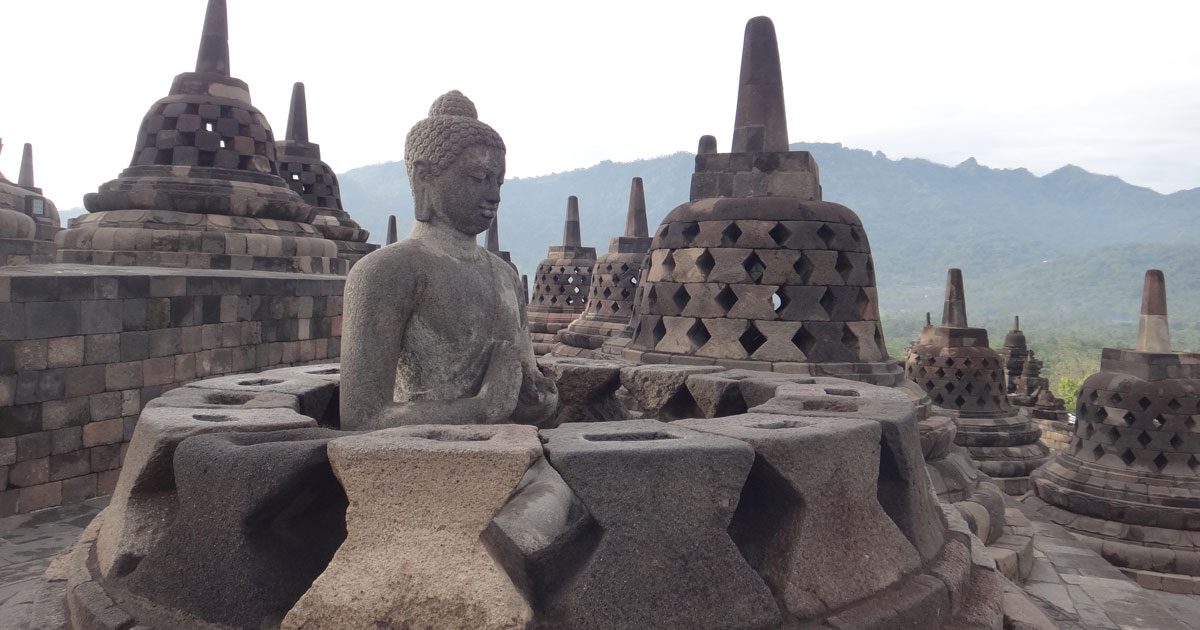
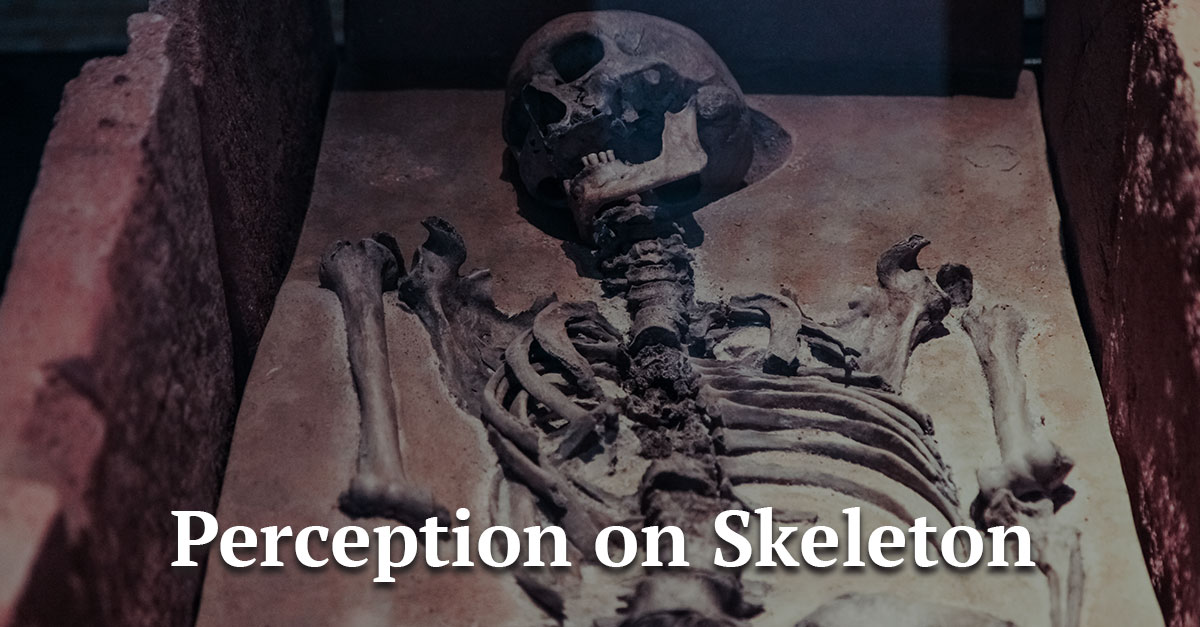

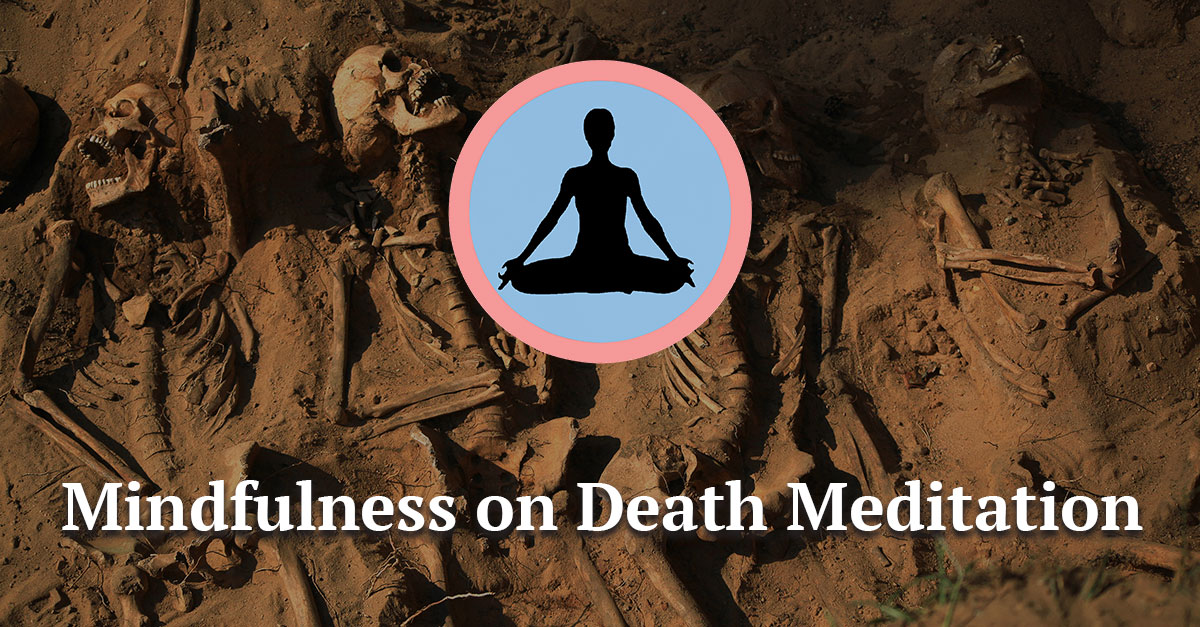
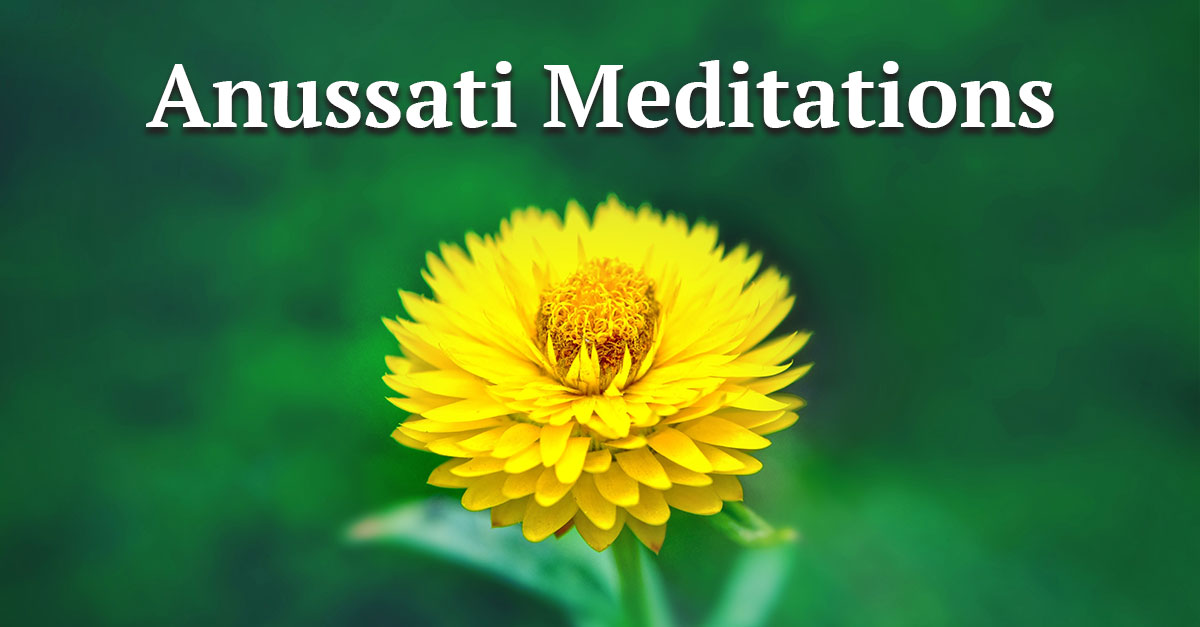
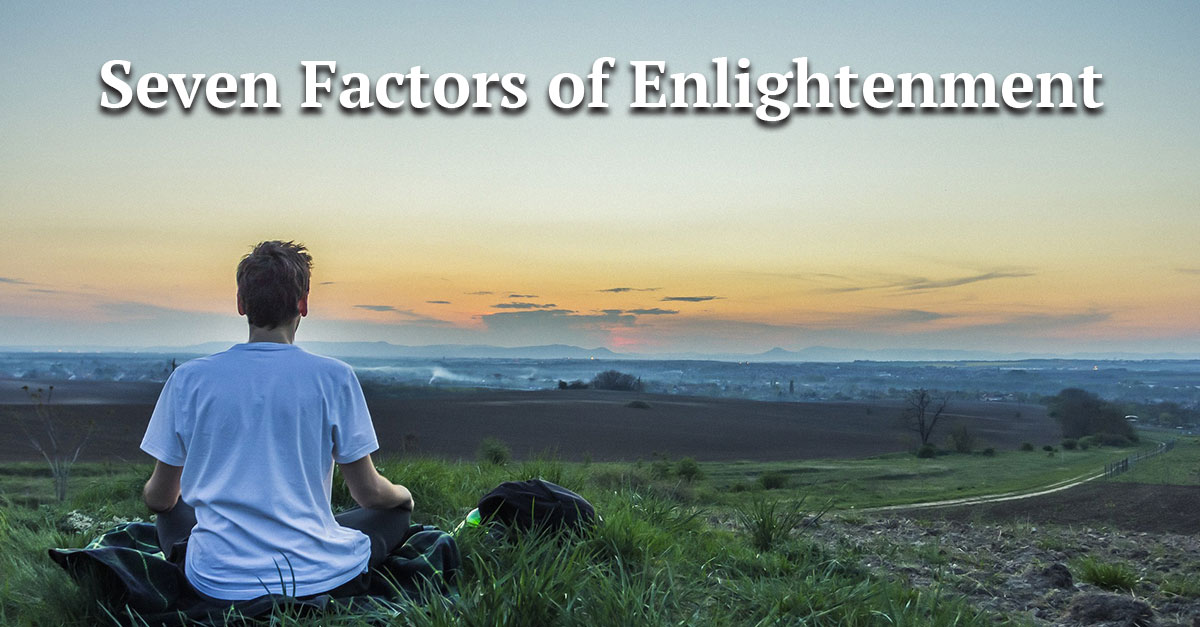
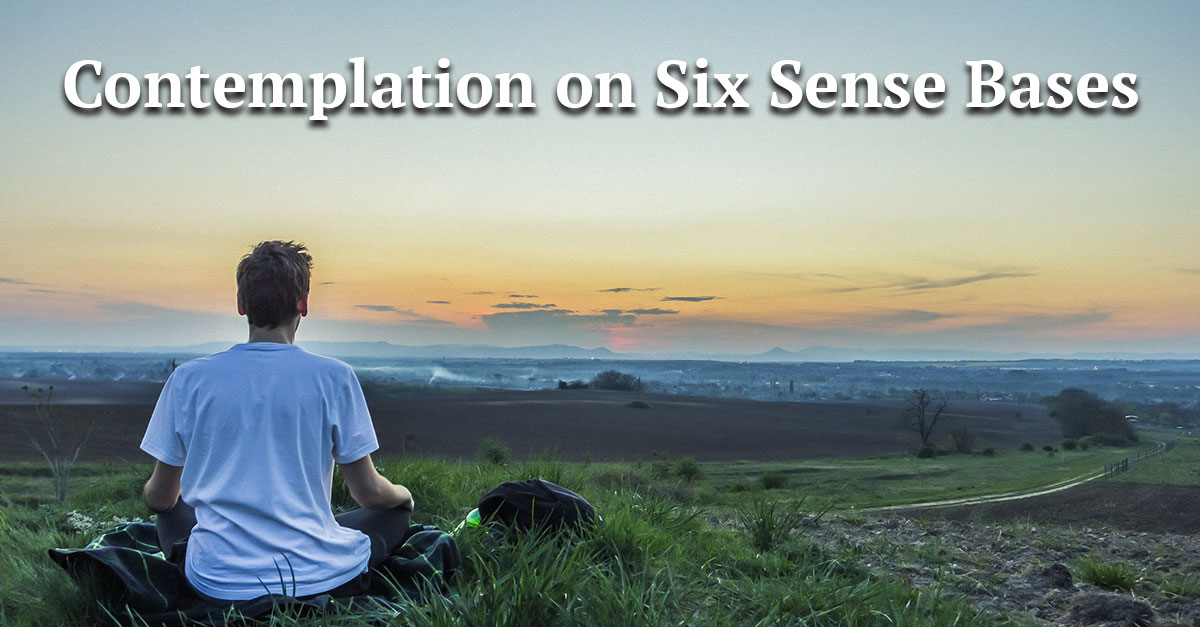


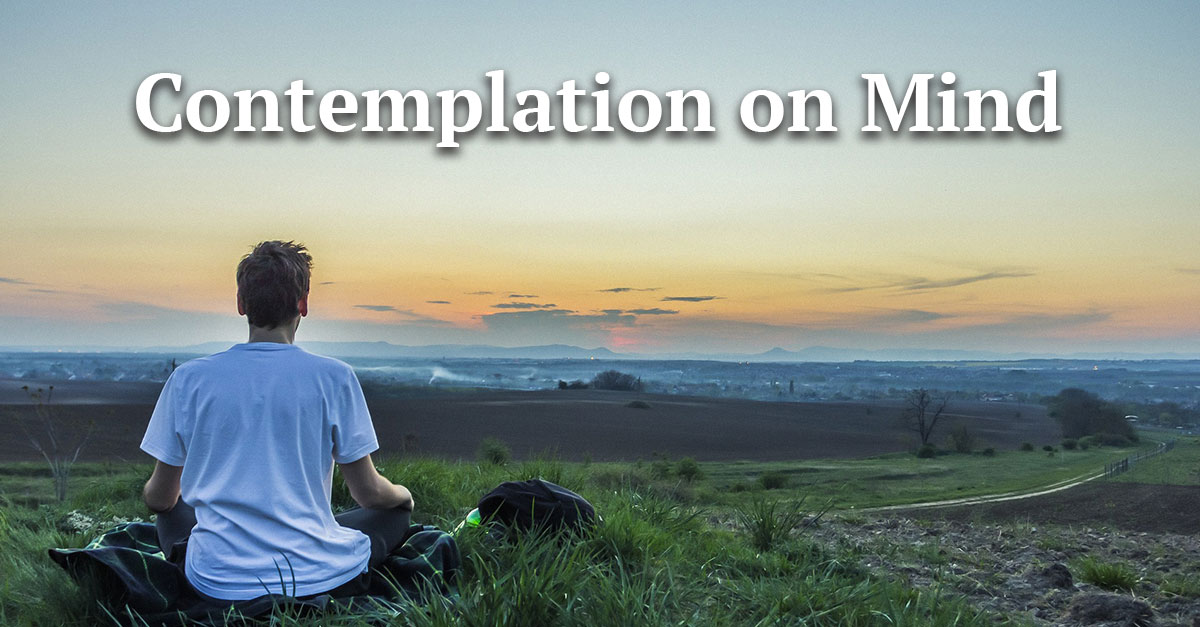
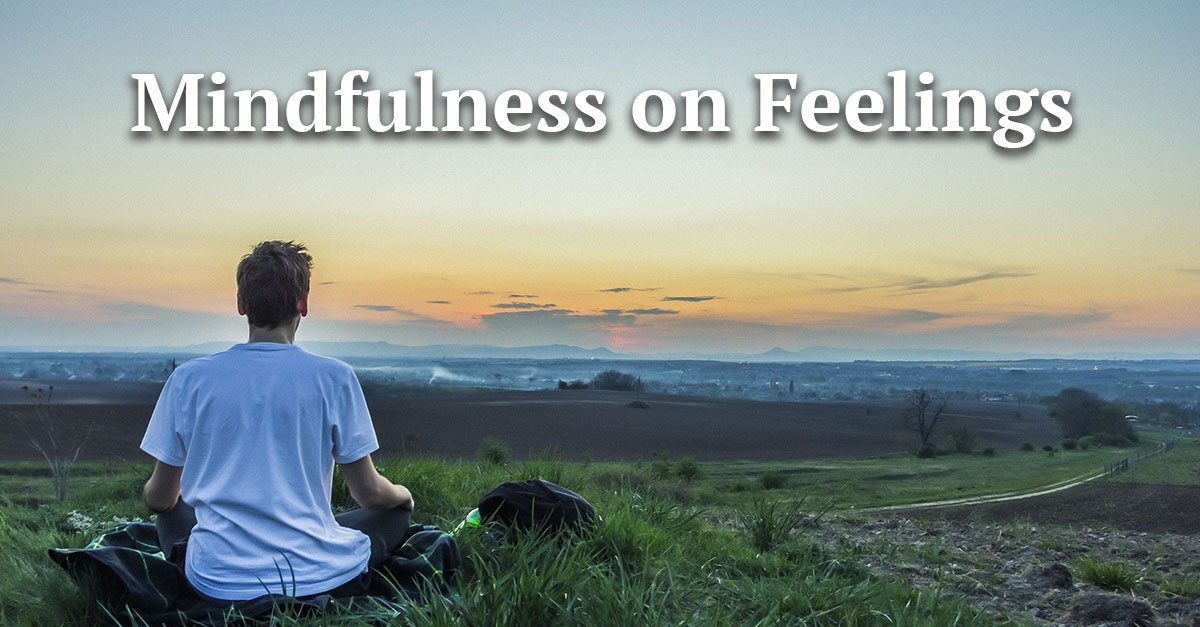
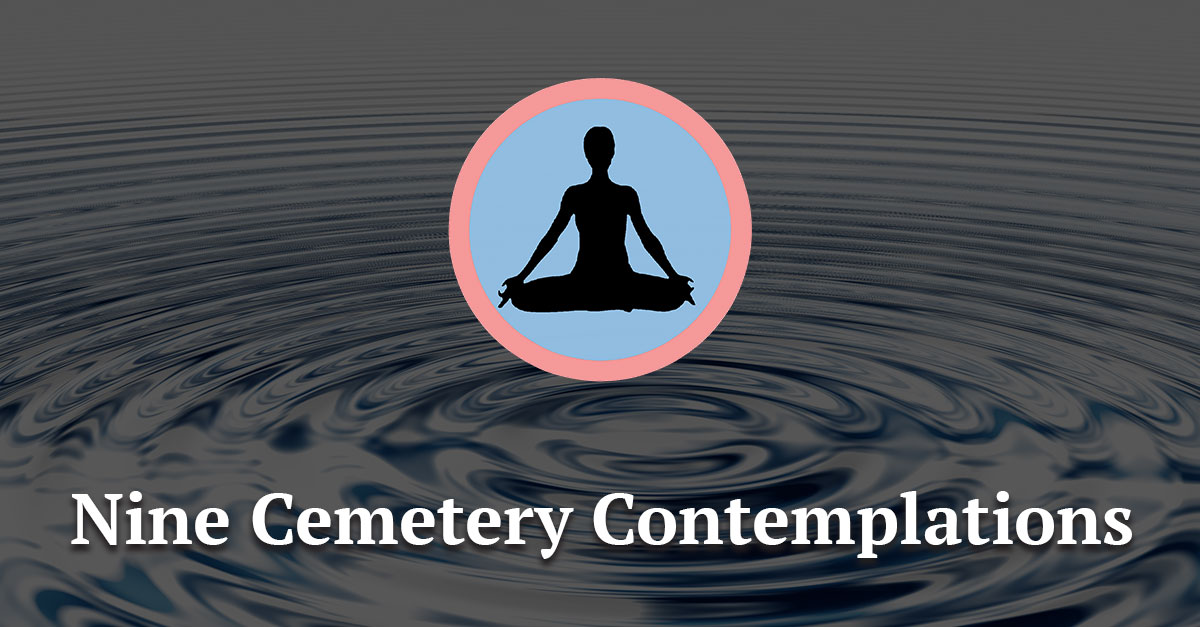
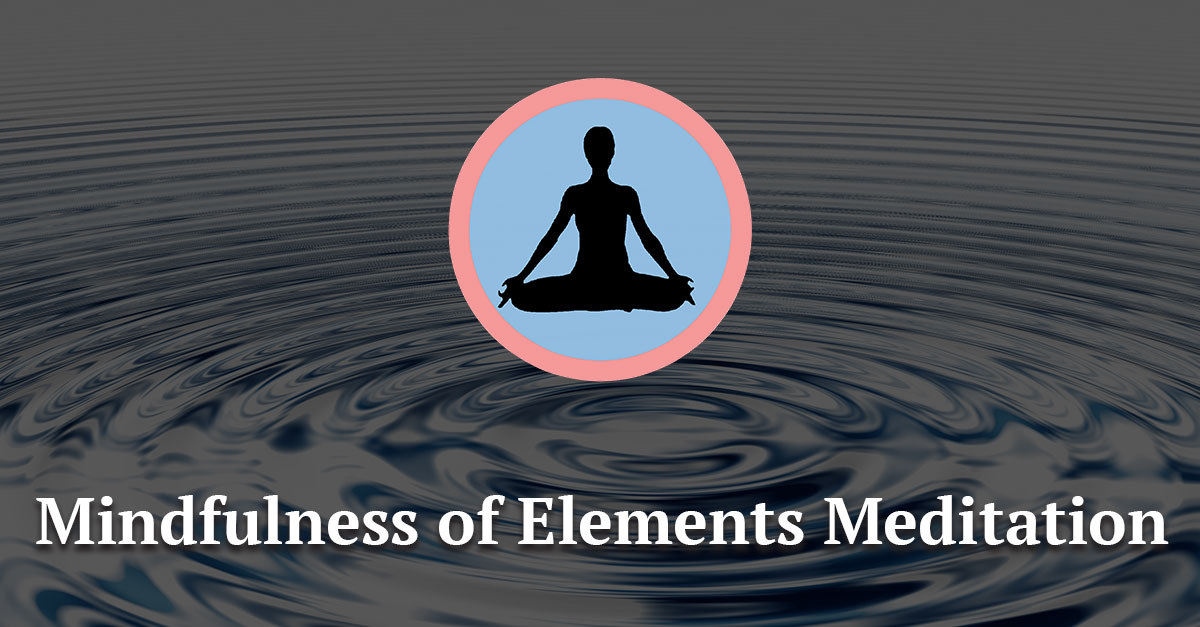
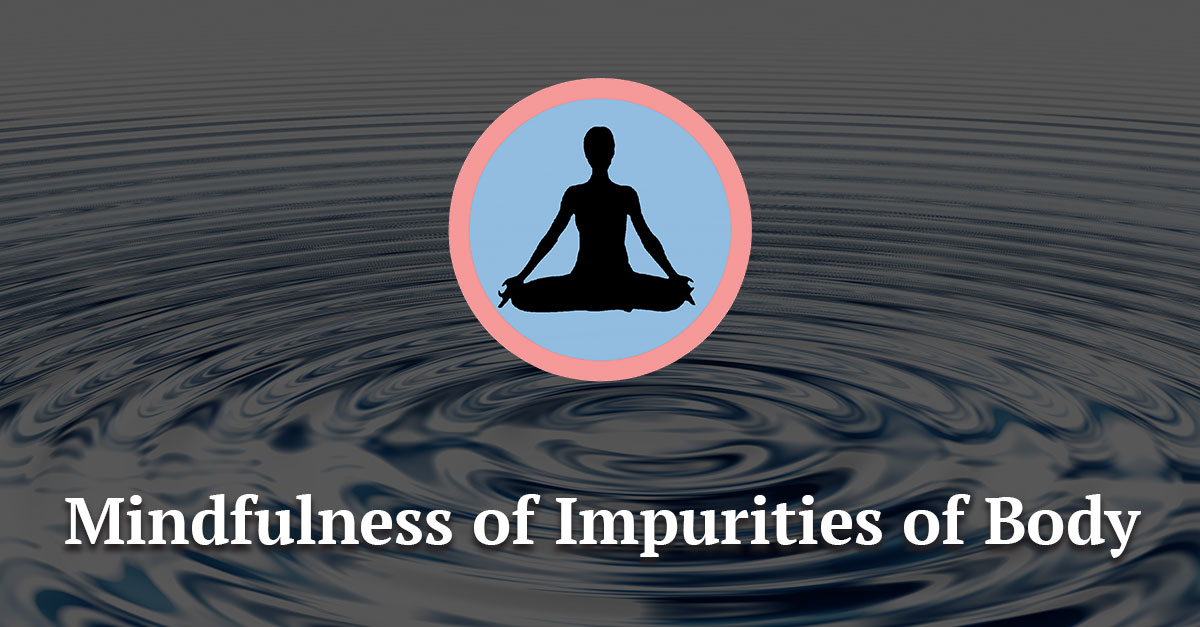
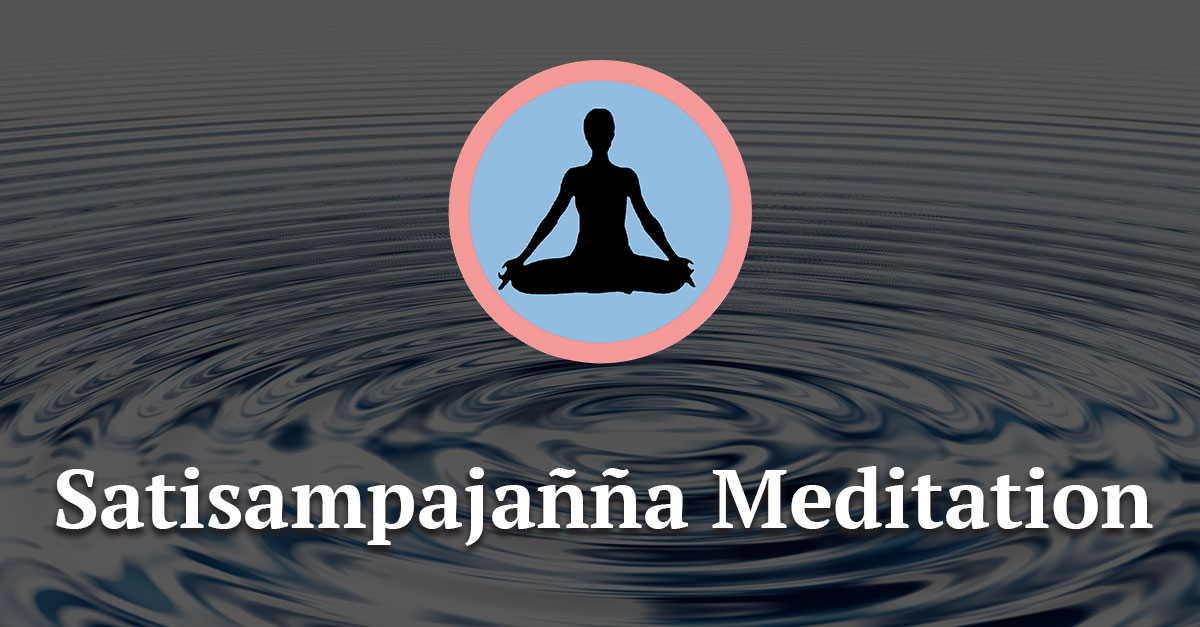
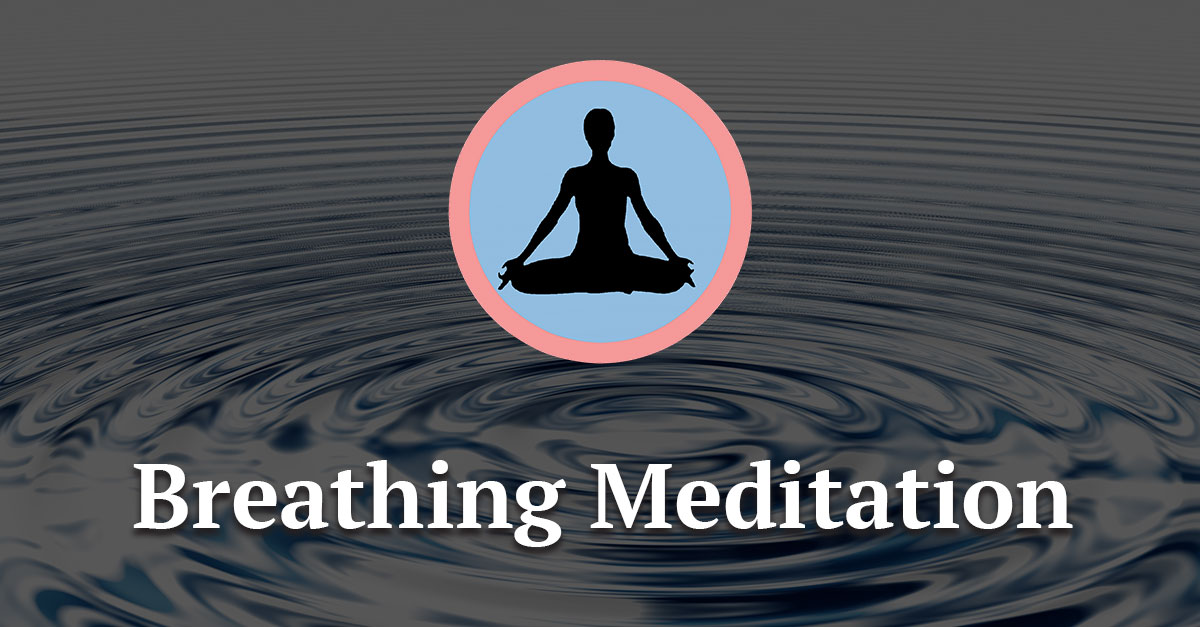
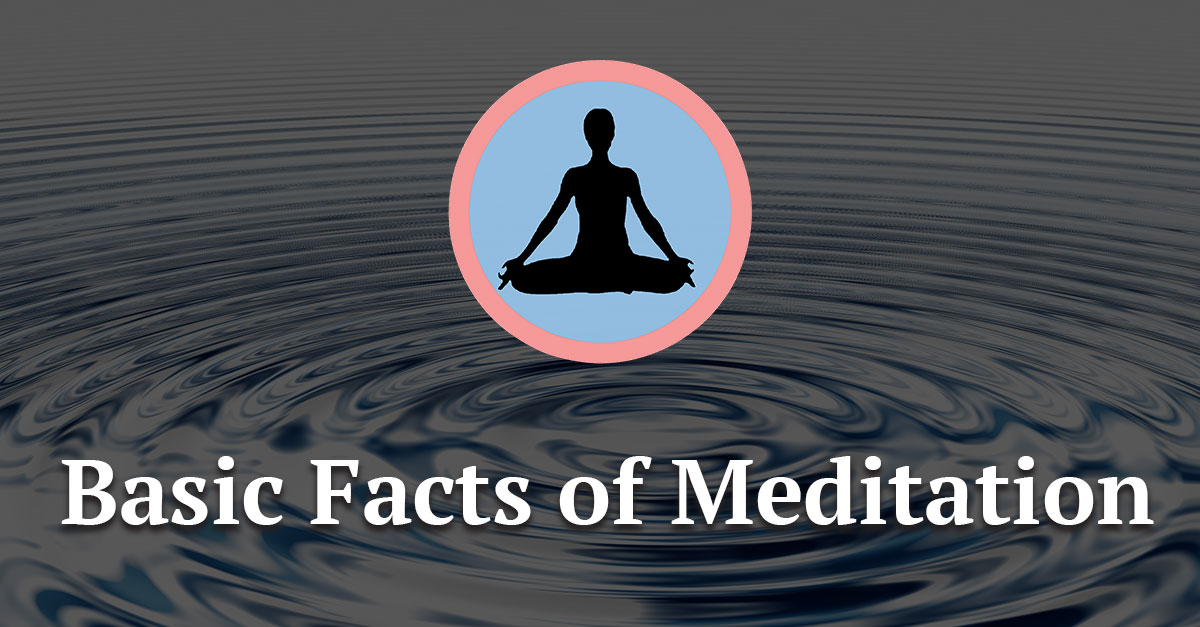
[…] that meditation is less about “sitting still” and more about awareness and attention.of Buddha I taught mindfulness in four meditation postures: sitting, standing, walking, and lying. Some […]
[…] is about consciousness and a focus, greater than it’s about “sitting still”. The Buddha taught mindfulness in 4 meditative positions: sitting, standing, strolling, and laying down. Some […]
Yes, you put is very well!
Many meditator and teachers are feeling, there is something not clear.
The recently increasing debate if Satipatthana is more about the objects or the activity being aware, brings to attention, why the postures frequently have been mixed up with the feelings.